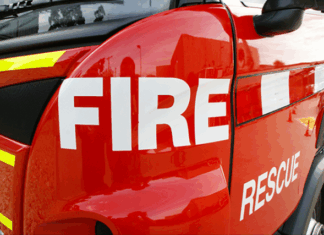
By NOEL MURPHY
ORIENTAL artworks on show at the Geelong Gallery right now share a closer link with the ancients of Egypt than many might suspect.
The minarets, bazaars, and mosques and wells and camels of the Distant Lands exhibition reflect a lingering 19th century fascination with all things oriental – from Turkey through Cairo and beyond.
Painted, etched and sketched by artists such as Lionel Lindsay, August Lamplough, Frederick Goodall and Giulio Rosati, they’re a remarkable snapshot of an era which in some ways is not so far removed from the present.
The landscape, architecture and people remain exotic to the Western eye, and the elephant fanfares, temples and Nile scenes of this showcase don’t disappoint.
But there’s an evocative local aspect to it that even the gallery was unaware of – an Egyptian mummy’s head and hand once held by Geelong but lost to antiquity.
In June 1937, Melbourne newspaper The Argus reported: “A hand and a head of an Egyptian mummy, taken from the Valley of the Kings in Egypt, have been presented to the Geelong free Library and Museum by Mr E. J. Haynes.”
Not a lot more information remains of the mummy’s remains but after surviving thousands of years in Egypt they didn’t last much more than 20 in Geelong.
The library-museum, a handsome building that once graced Moorabool Street’s north, closed its doors in 1955 and its exhibits were relocated to Drumcondra’s Lunan House, site of a teachers college, where they steadily disintegrated and vanished.
Most of the curiosities went to the tip although three mysterious bags are suspected to have found their way to a local collector’s home – but no-one’s being too open.
Late Geelong Historical Society President Peter Alsop once told this reporter the mummy’s head and hand may well be secreted away in a private collection – along with scientific and cultural exhibits dating to Victorian days and earlier.
Pity that. But the images of Tripoli, Boussada, Cairo, a stunning Babylonian maid, Luxor – where the Valley of the Kings is located — Tunis and more make for an intriguing peep into Geelong’s ancient history acquisitions.






